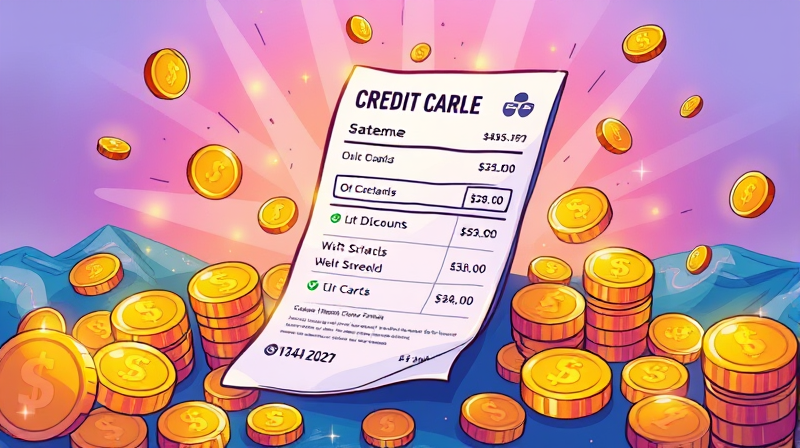
High-interest credit card debt can feel like a relentless burden, growing heavier with each compounding cycle. Many consumers turn to balance transfers as a lifeline, seeking relief from mounting interest charges and hoping to accelerate their journey to financial freedom.
However, without a clear understanding of the mechanics and hidden pitfalls, a balance transfer can quickly become a costly misstep. This comprehensive guide will illuminate each step in the process, exposing common traps and offering practical strategies to help you succeed.
A balance transfer involves moving existing debt—typically credit card balances—to a new card with an introductory 0% APR. During this promotional window, which usually ranges from 6 to 21 months, borrowers pay no interest or a reduced rate on transferred balances.
The primary advantages include saving on interest charges immediately and simplifying multiple payments into one. By consolidating debts, you can allocate more of your payment toward principal, helping you eliminate balances faster.
Understanding the fine print of any balance transfer offer is essential. Issuers design these promotions to entice applicants but also to protect themselves from excessive risk.
Even with an appealing 0% rate on the table, several hidden dangers can erode your savings if you’re not vigilant.
Concrete examples illustrate how small differences in fees and rates can translate into substantial savings or unexpected costs.
Example A: Moving a $5,000 balance from a 15% APR card to a 0% APR card with a 3% fee saves about $265 in interest over 12 months, even after paying $150 in fees.
Example B: Transferring the same $5,000 from a 19.99% APR card and paying off over 15 months without a balance transfer accrues roughly $691 in interest. With a 0% intro rate and a 3% fee, you save $541 and gain predictable monthly payments.
These scenarios highlight how small fee differences add up and why it pays to calculate savings in advance.
To maximize the benefits of a balance transfer, adopt a disciplined approach from start to finish.
By executing these steps, you’ll be better equipped to extract real value from your balance transfer without falling into common traps. A carefully mapped-out repayment plan is your best defense against unexpected rate hikes.
Balance transfers can be powerful tools but aren’t suitable for everyone. The ideal candidate has a strong credit score (typically 670 or higher), enough income to maintain payments, and enough discipline to avoid new purchases on the card.
Conversely, individuals with minimal debt that can be repaid quickly, those who struggle with payment deadlines, or those with subprime credit profiles may find the costs outweigh the benefits.
A balance transfer can accelerate debt repayment and deliver substantial savings, but only when executed thoughtfully. By understanding fee structures, planning for the promo timeline, and automating your payments, you’ll dodge hidden traps and put yourself firmly on the path to financial freedom.
Armed with the right knowledge and strategies, you can transform a seemingly complex credit offer into a reliable tool for debt reduction. Take control, stay informed, and watch your balance shrink.
References













